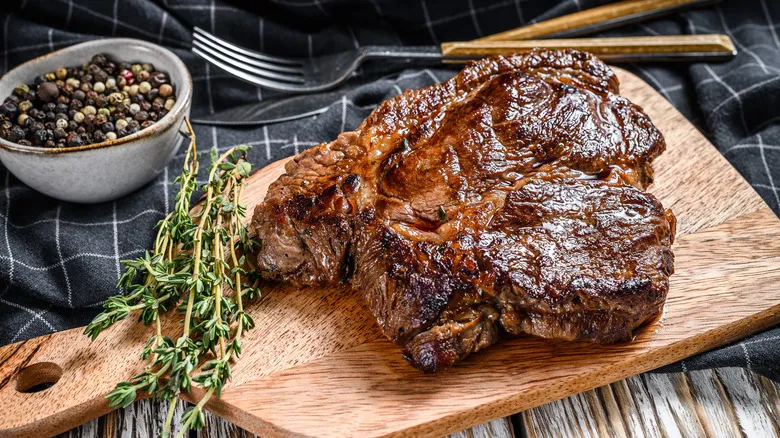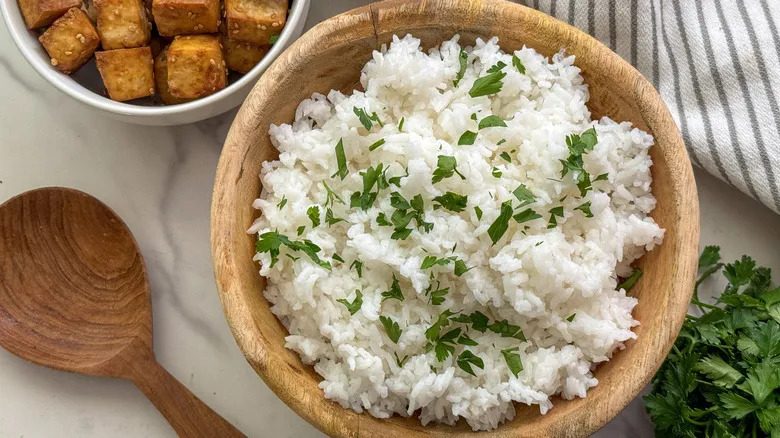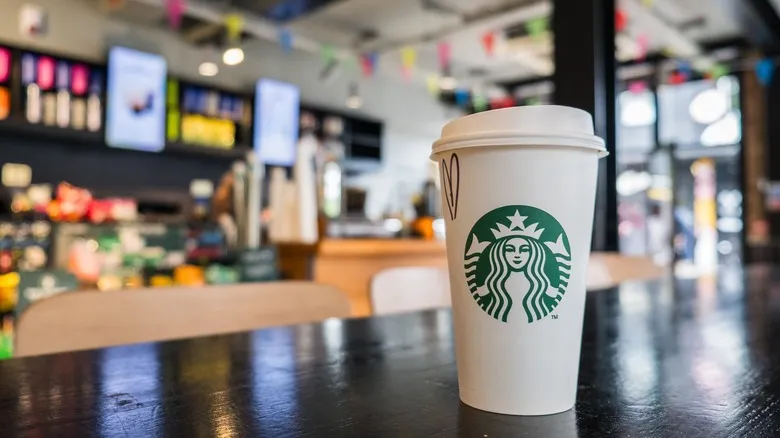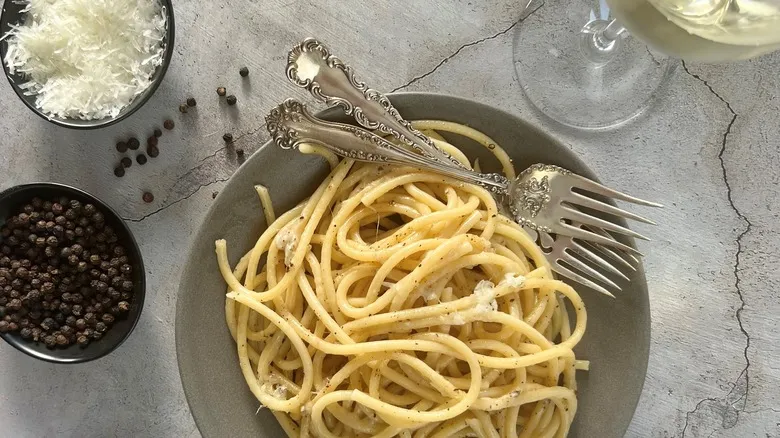A fizzy drink made from black grapes of the Champagne region

White Champagne is produced using black grapes, mainly chardonnay, pinot noir, and pinot meunier, sourced from the Champagne region. A specialized press is employed to extract the juice while preventing contact with the colored skins, ensuring the wine remains white. After the initial fermentation, which takes place in tanks, yeast and sugar are added before the wine is bottled for a second fermentation. This aging process lasts a minimum of one and a half years.
Once this period is complete, any sediment in the bottle is removed, and a mixture known as liqueur d'expédition or dosage is added to fill the bottle. This dosage typically includes wine, cane or beet sugar, brandy, ascorbic acid, citric acid, copper sulfate, and a small quantity of sulfur dioxide for preservation. The sugar content in the dosage varies based on the wine's style, ranging from extra brut, which is very dry, to demi-sec or rich, which is sweet.
This meticulous production process often results in Champagne being quite expensive, but you don’t have to break the bank for your next celebration. For example, Costco's Kirkland Signature Champagne is crafted to meet the wine's standards, has received outstanding reviews, and is priced at just $19.99 per bottle.
Recommended
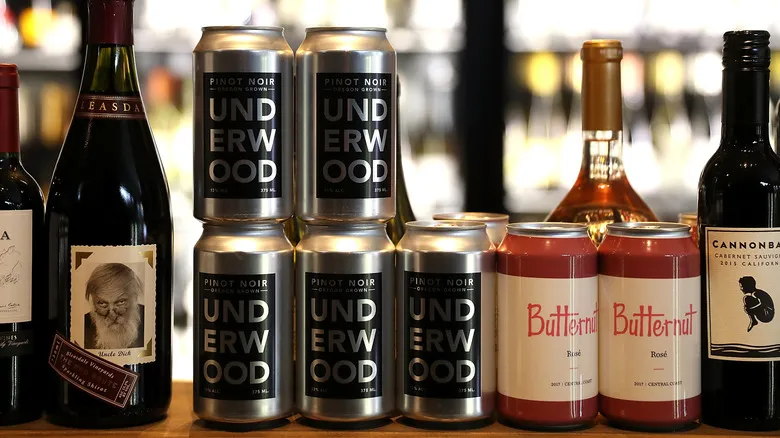
The Scientific Reason Canned Wine Can Smell Like Rotten Eggs
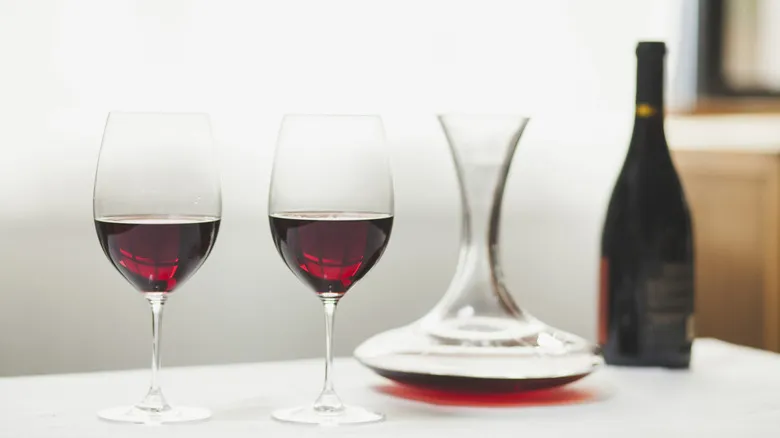
How To Know If You Should Decant Your Bottle Of Wine
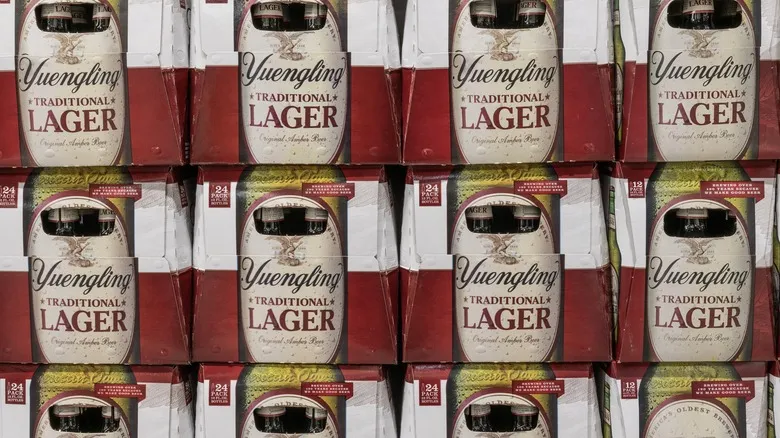
The Oldest Brewery In America Has Been Family-Owned For 200 Years
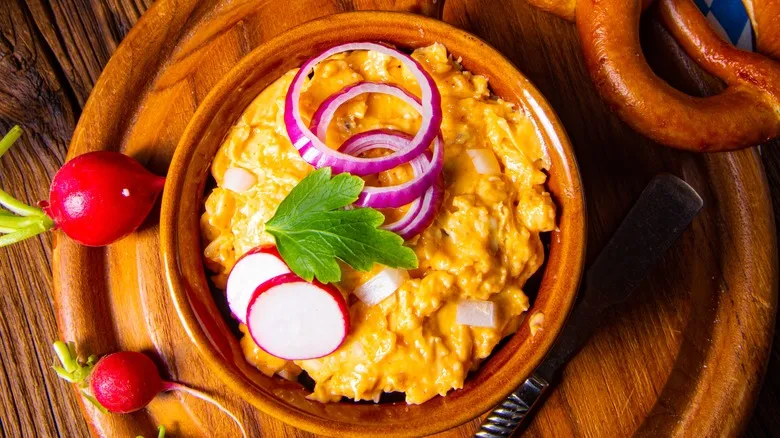
The Origin Of Beer Cheese Begins In Kentucky
Next up


